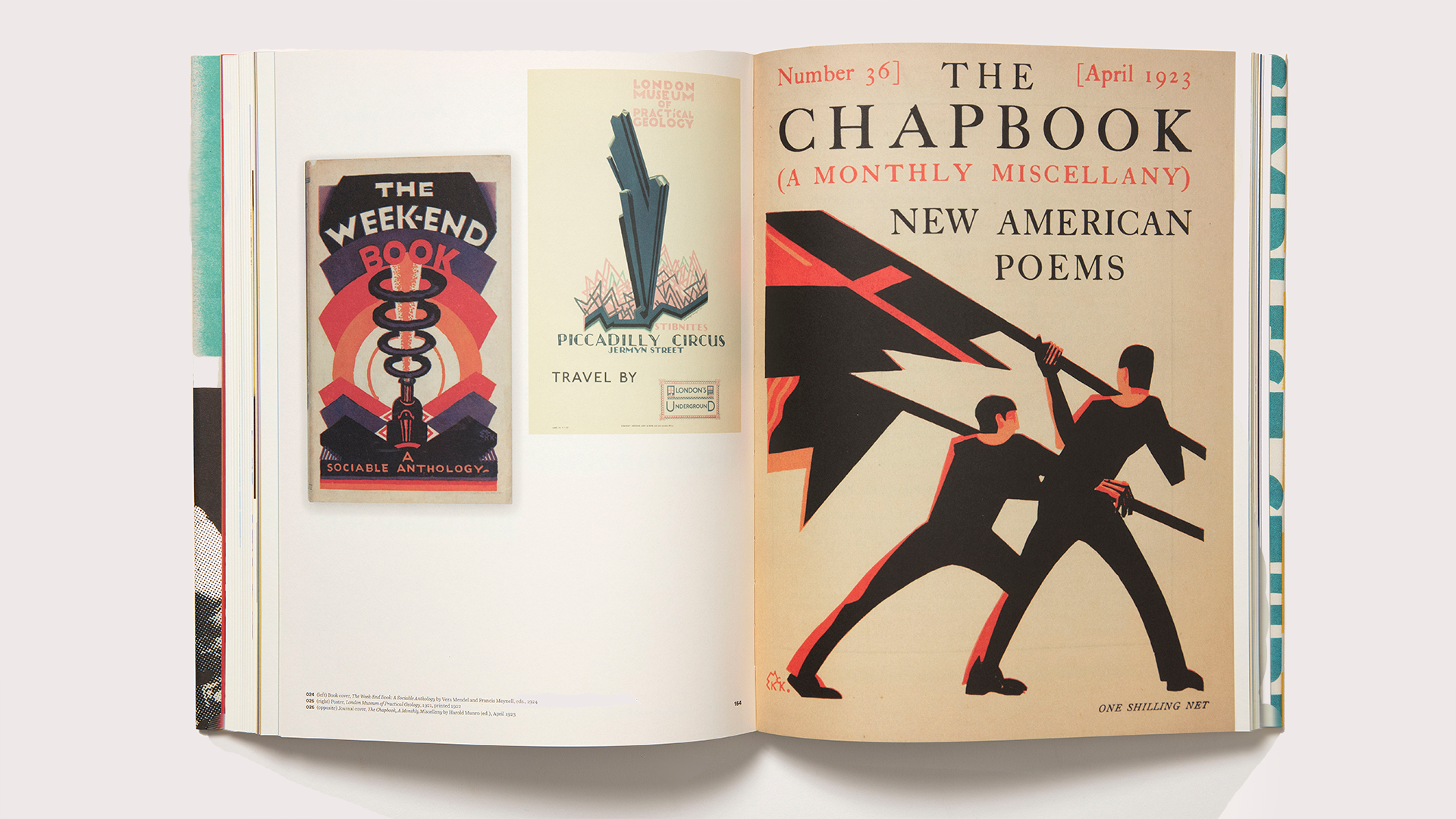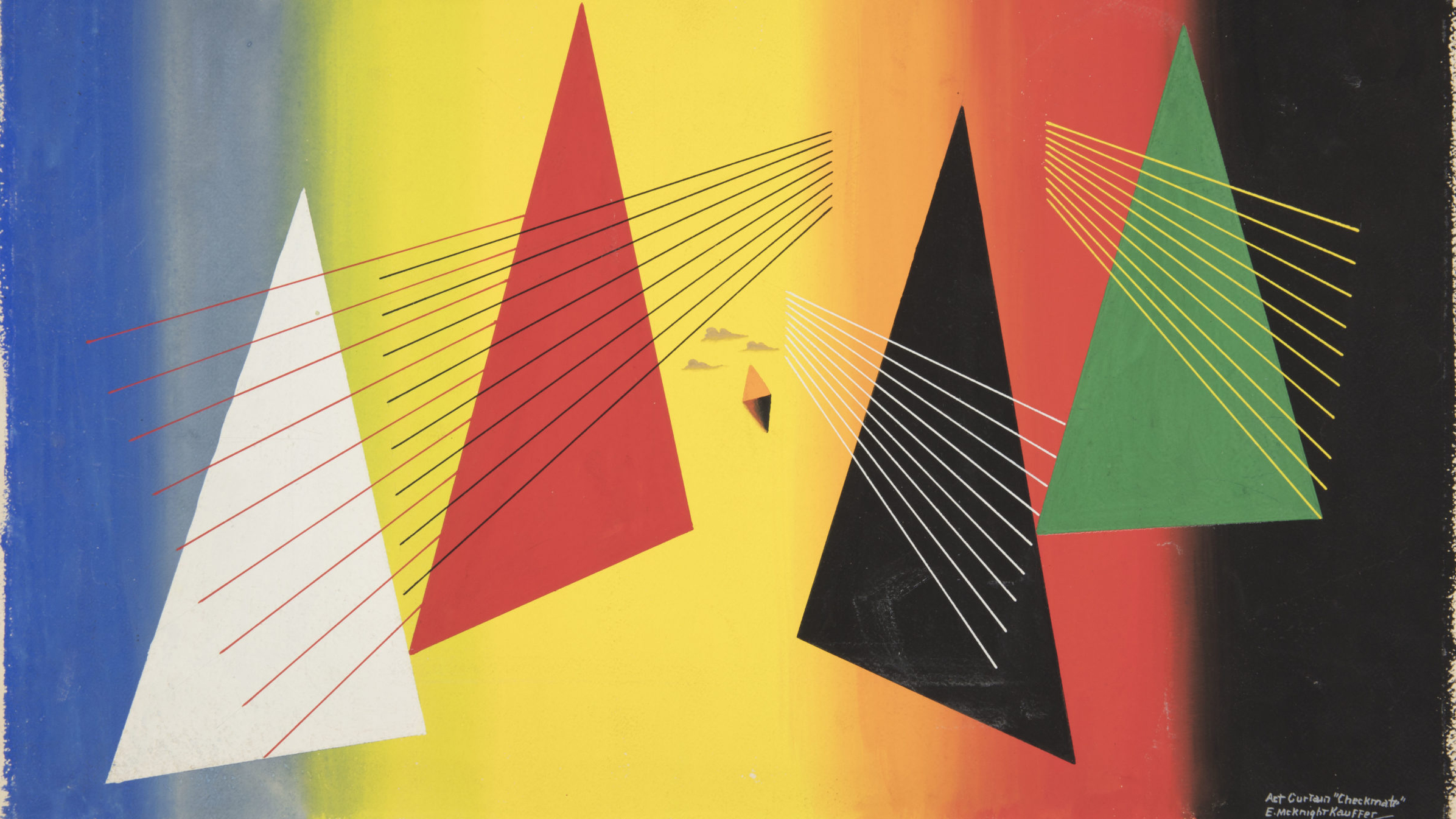Do you judge books by their covers? What makes you pick up a book or magazine? A successful cover design might allude to the content within its pages, invoke feelings, or communicate a powerful message. Designers make distinct choices to create this dynamic first impression and invite people to open the book. Join us for...
From the Blog
For nearly twenty years between the two world wars, E. McKnight Kauffer, an American, was the most celebrated graphic designer in England. He was best known for his eye-catching posters, but his book covers and illustrations, graphic identities, carpets, stage sets, costumes, and ephemera were also among the most arresting of his era. Kauffer believed fervently that modern art should move beyond the walls of museums and galleries to infiltrate all elements of daily life.
How do graphic designers engage with Cooper Hewitt’s own graphic design collection? Curators Caitlin Condell and Emily M. Orr welcome their recent collaborators, designers Lucinda Hitchcock and Lucienne Roberts, to discuss their experiences of interpreting the work of commercial art pioneer E. McKnight Kauffer (American, 1890-1954). Hitchcock and Roberts each drew inspiration from the museum’s...


